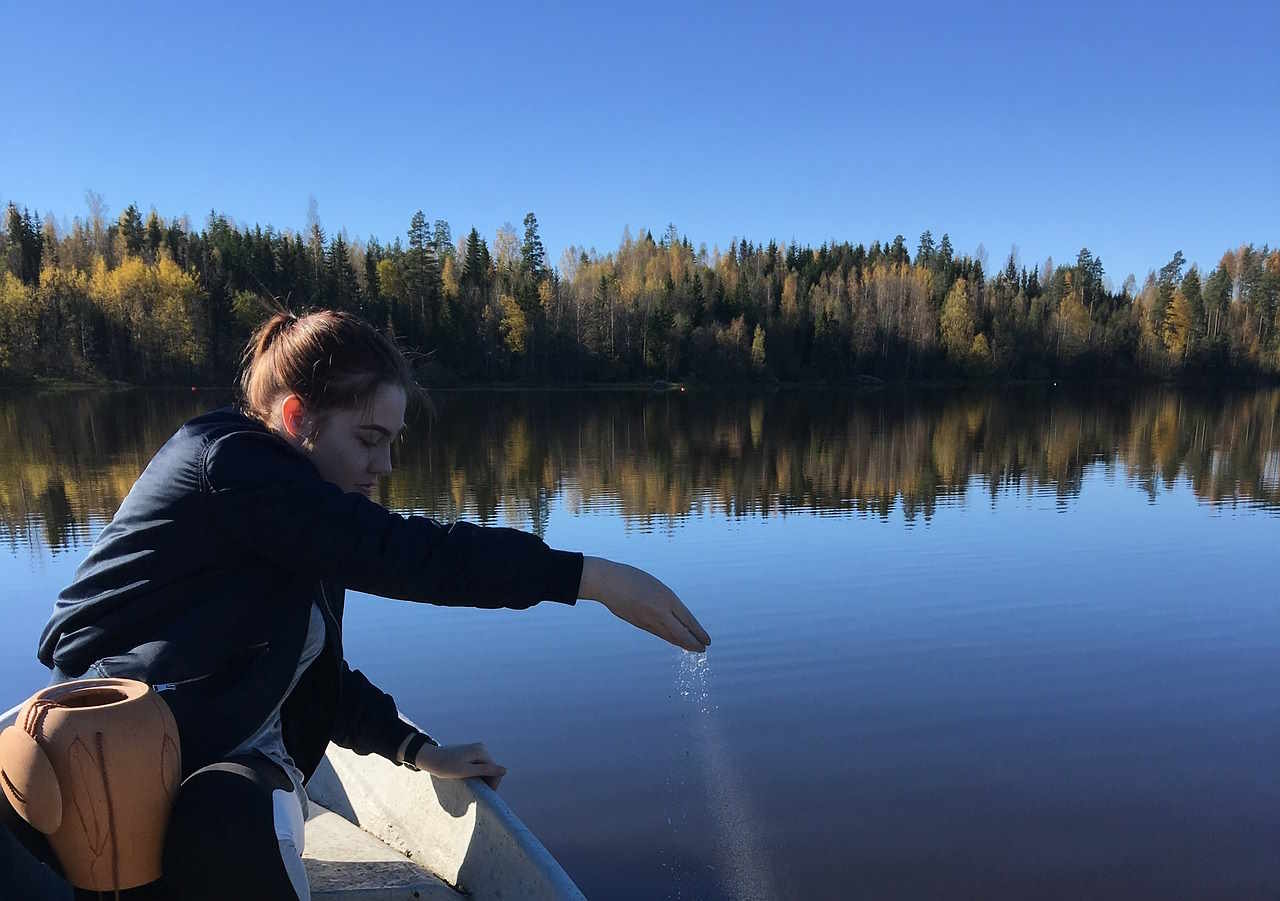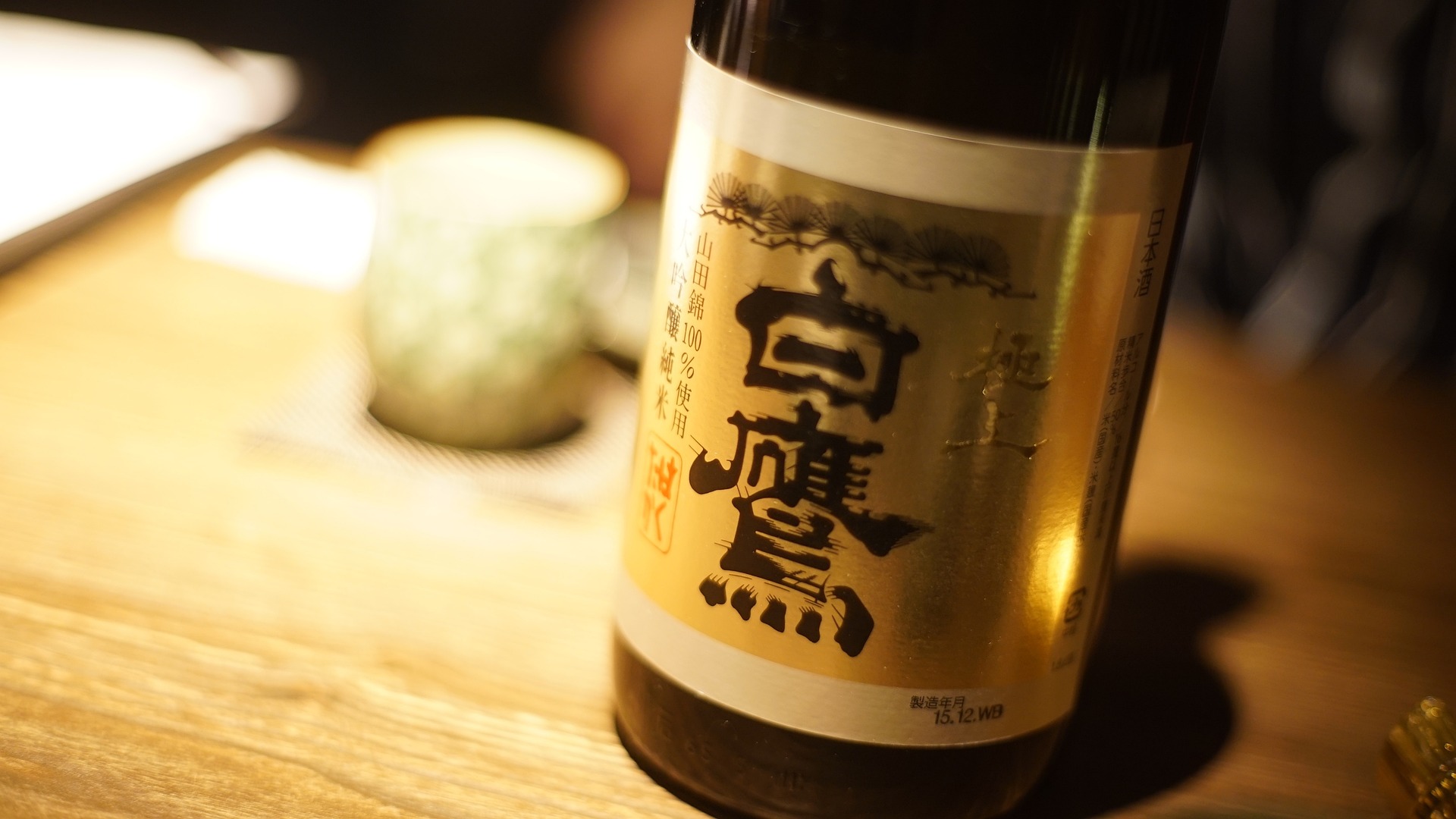The Truth About Cremation: A Closer Look at What Happens
Cremation is an increasingly popular choice for handling final arrangements, offering a practical and often cost-effective alternative to traditional burials. However, many people still have questions about the process and its implications. This article takes a closer look at the truth about cremation, providing a detailed guide to what actually happens during the cremation process and the factors influencing its growing popularity worldwide.

The Cremation Process: A Step-by-Step Overview
Cremation begins with careful preparation and attention to detail. First, the body is placed in a combustible casket or container designed for the process. Crematoriums are required to follow strict protocols to ensure identification and documentation throughout. Once prepared, the container is placed into a cremation chamber, where it is subjected to intense heat, typically ranging from 1,400 to 1,800 degrees Fahrenheit.
The intense heat reduces the body to its basic elements over the course of one to three hours. What remains are bone fragments, which are cooled and processed into a finer consistency, often referred to as cremains. These remains are then placed in an urn or another container selected by the family. The process is dignified, regulated, and designed to respect the wishes of the deceased and their loved ones.
Why Choose Cremation? Understanding the Growing Trend
Cremation’s popularity has surged due to several factors. For one, it is often more affordable than traditional burial, which can include expenses like cemetery plots, headstones, and embalming. Additionally, cremation provides flexibility in memorial options. Families can scatter ashes, keep them in an urn, or even incorporate them into keepsakes like jewelry.
Environmental considerations also play a significant role. Cremation typically has a smaller physical footprint compared to burial, requiring no land use. However, it’s essential to note that traditional cremation does release carbon emissions, sparking interest in alternative methods like water-based cremation, also known as alkaline hydrolysis.
Environmental Considerations and Cremation
While cremation is often seen as more environmentally friendly than burial, it’s not without its challenges. Traditional cremation consumes a significant amount of energy and emits greenhouse gases. Innovations in the industry aim to mitigate these impacts. For example, alkaline hydrolysis uses water, heat, and chemicals to break down the body, resulting in fewer emissions and lower energy consumption.
Families concerned about environmental impact may also consider other green options, such as biodegradable urns for ashes or tree-planting memorials. These options allow loved ones to honor the deceased while contributing positively to the planet.
Cremation Services Around the Globe
Cremation services vary significantly depending on location and provider. For instance, some facilities offer comprehensive packages that include memorial services, urns, and even assistance with scattering ashes in meaningful locations. Others focus on the basics, providing simple and affordable options for families on a budget.
Globally, countries like Japan, India, and the UK see high rates of cremation, influenced by cultural, religious, and economic factors. In the United States, cremation is becoming the preferred choice for many families, with over half of all funerals now involving cremation. The flexibility and customization it offers make it an appealing option across diverse communities.
Comparing Cremation Service Providers Worldwide
When choosing a cremation provider, it’s important to consider factors like cost, services offered, and reputation. Below is a comparison of some notable providers:
| Provider | Services Offered | Estimated Cost Range ($) |
|---|---|---|
| Neptune Society | Prepaid cremation plans, scattering at sea, and urns | 1,500 - 3,000 |
| Dignity Memorial | Comprehensive funeral services and urn customization | 2,000 - 4,500 |
| Simplicity Cremation | Basic cremation services with optional add-ons | 800 - 2,000 |
| Green Cremation Texas | Eco-friendly cremation options, including water-based methods | 1,500 - 3,500 |
Costs and services may vary by location and additional options selected. It is advisable to research thoroughly and contact providers for accurate and up-to-date information.
Making an Informed Choice
Choosing cremation is a deeply personal decision that involves balancing emotional, financial, and practical considerations. By understanding the process and exploring available options, families can make informed choices that align with their values and needs. Whether motivated by cost, environmental concerns, or flexibility, cremation offers a respectful and meaningful way to honor loved ones while accommodating modern preferences and lifestyles.




